Between Form and Spirit: In Conversation with Reginald Sylvester II
By Keshav AnandAhead of Reginald Sylvester II’s exhibition at CANADA gallery in New York, opening on 16 January 2025, Something Curated’s Keshav Anand spoke with the Hudson-based artist to learn more about his inspirations and the evolving language of his practice. Sylvester creates large-scale paintings and sculptures that trace the generative threshold between the two mediums, utilising unconventional materials such as rubber, tarpaulin, and aluminium to form pieces that resonate with both industrial grit and emotional depth. Organised by Christiana Ine-Kimba Boyle, the new exhibition presents Sylvester’s works in dialogue with the paintings of the late Denzil Hurley—two distinct yet connected practices, both anchored in the language of minimal abstraction.
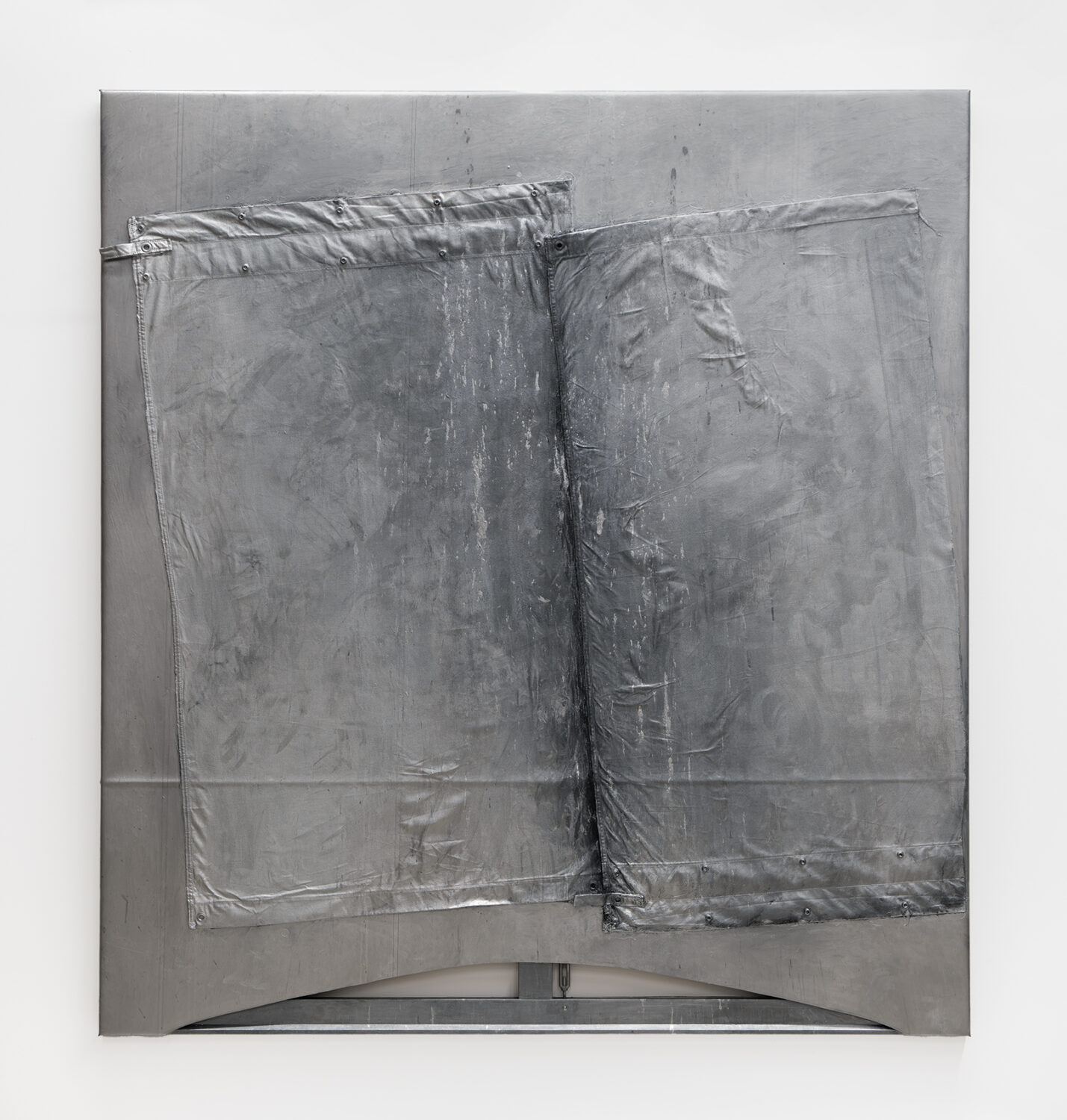
Keshav Anand: You’ve talked before about spirituality playing a role in your use of material. I’m curious to learn more.
Reginald Sylvester II: Spirituality, for me, doesn’t necessarily lead to the material; rather, it begins with an intuitive attraction to the aesthetic qualities of a material. It is through working with the material—building a relationship with it—that its deeper, spiritual essence is revealed and elevated. This process of transformation is not merely technical, but a spiritual act in itself.
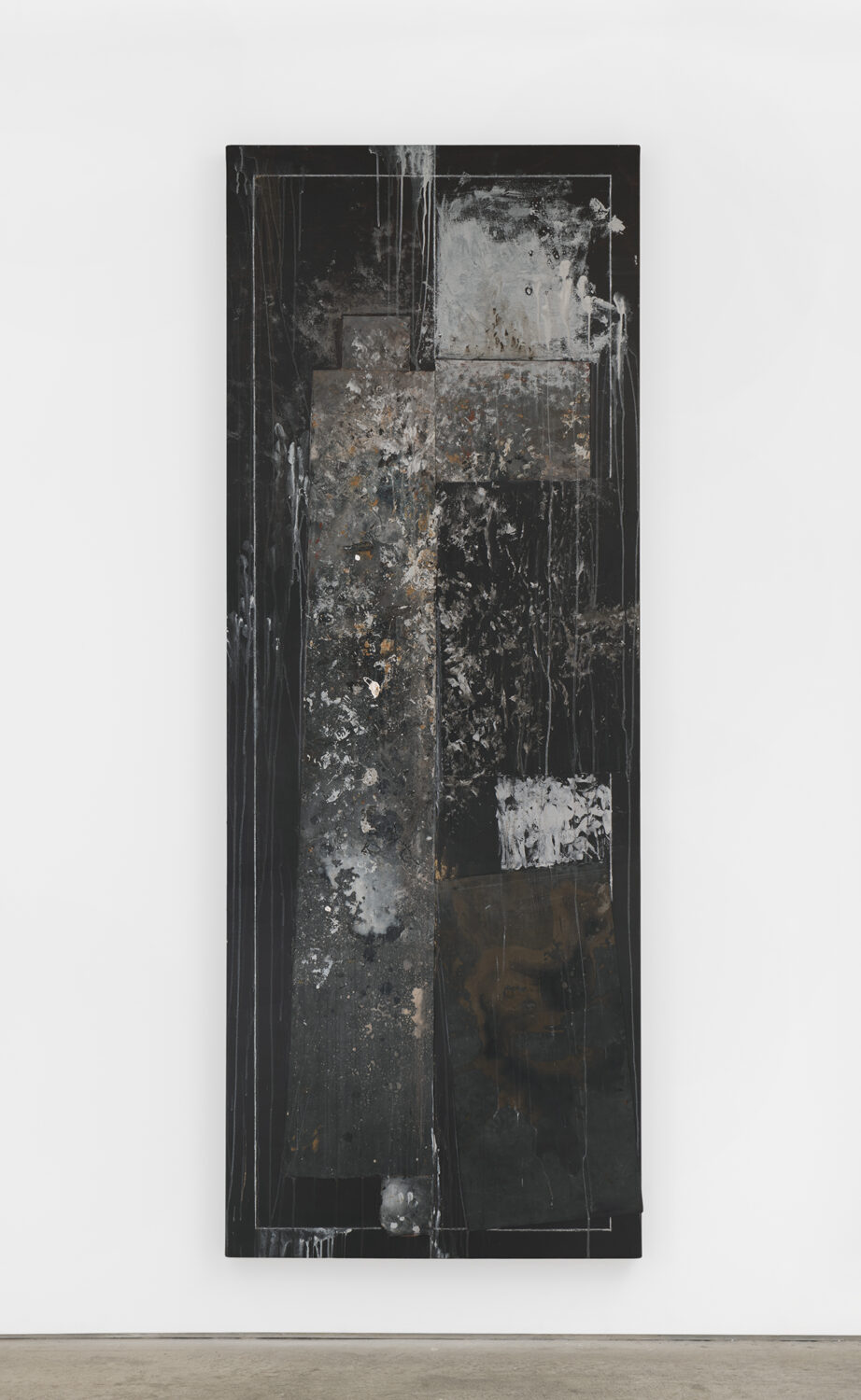
KA: Your work bridges minimal abstraction with a visceral, tactile quality. Which artists or movements have been most influential to you while developing this visual language?
RS: As I grow as a maker, I find myself deeply connected to the principles of the Arte Povera movement, particularly the work of Jannis Kounellis. His ability to transform raw, often discarded materials into powerful, immersive experiences speaks to me. Stateside, artists like Melvin Edwards, David Hammons, Richard Serra, and Jack Whitten similarly elevate their materials—treating them as carriers of history, emotion, and narrative. Edwards’ welded steel Lynch Fragments speak to racial violence, while Hammons’ repurposed objects challenge cultural identity. Serra’s monumental steel sculptures and Whitten’s textured paint layers engage the viewer on both a physical and emotional level, elevating materials into profound statements.
What resonates with me most is the respect these artists show for their materials—letting them retain their rawness and history, using their inherent qualities to shape the narrative. This sensibility influences my own practice, where I aim to allow materials to speak for themselves, letting their textures and histories guide the work.
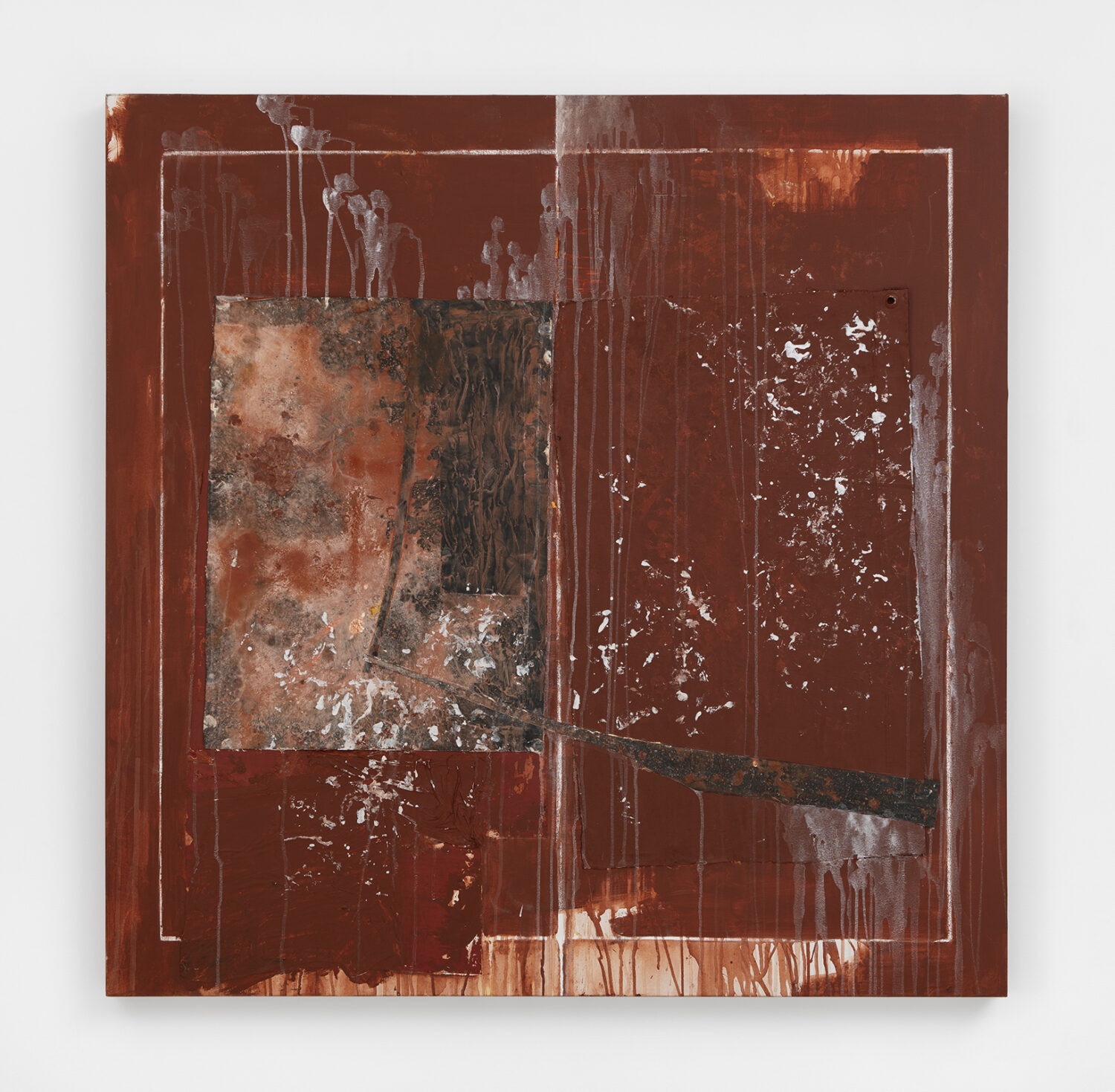
KA: Could you expand on your use of colour?
RS: In my painting practice, the use of saturated and contrasting colour palettes has been a central theme, driving the energy of my work. However, I’ve come to realise that if I truly wish to elevate my exploration of colour, embracing a more restrained palette is the key. This limitation serves as a catalyst for evolution, pushing me to delve deeper into the pitch, tone, and depth of each hue.
By refining these elements, I can channel the energy of a subject in a more celestial, almost otherworldly way. It’s as though each colour’s subtle variation—its richness and intensity—becomes a vehicle for conveying a sense of transcendence, transforming the mundane into something that resonates with a quiet, radiant power.
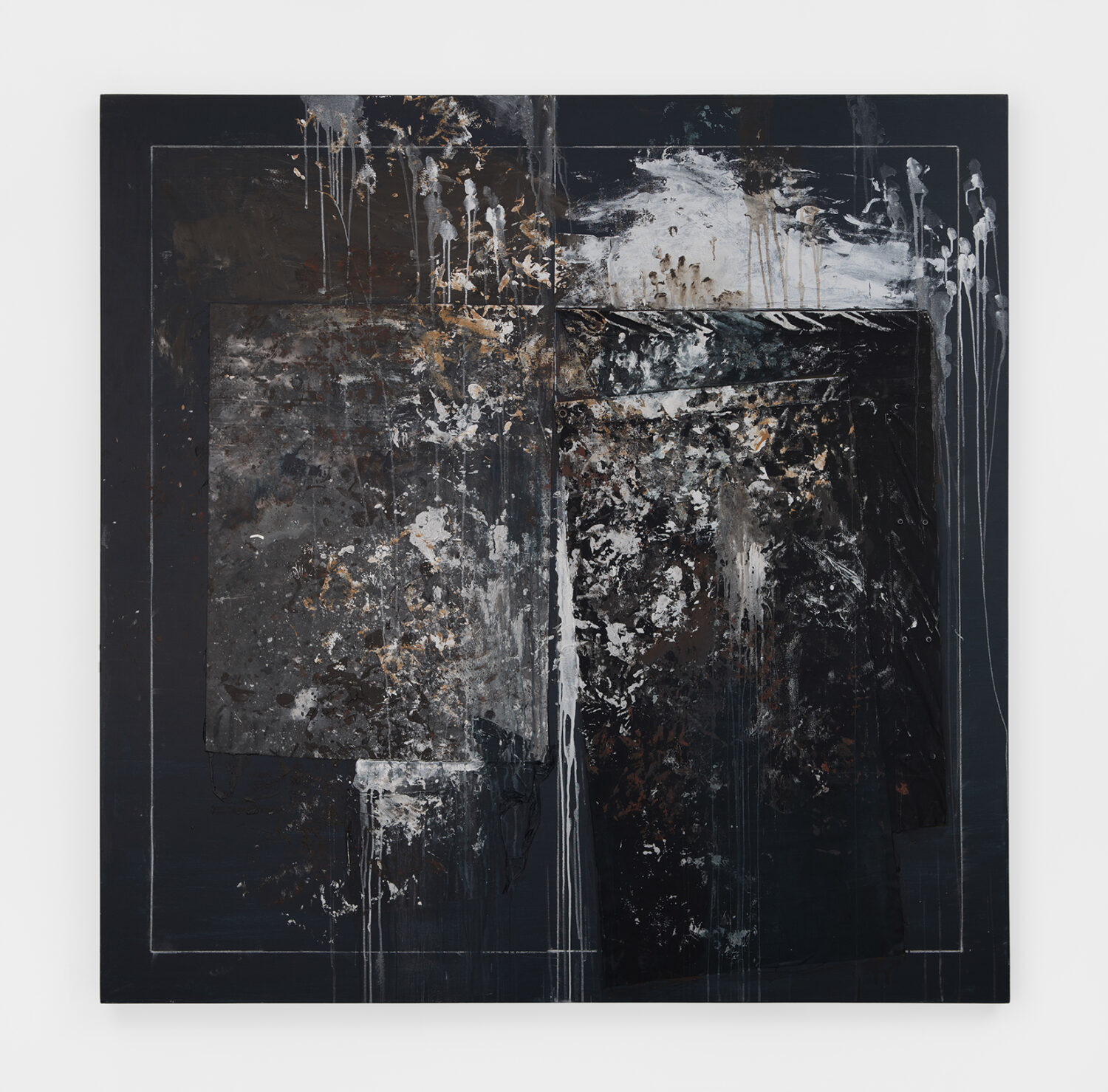
KA: Your upcoming exhibition at CANADA explores a dialogue between your work and Denzil Hurley’s. How does Hurley’s practice resonate with your own?
RS: Denzil Hurley’s work was my first encounter with minimal abstraction, and at the time, I couldn’t fully grasp what I was seeing, yet it left a lasting impression. His work resonates with me on multiple levels—through its material construction, the sense of touch, its raw tactility, and the way it demands a physical interaction. There’s an unrelenting spiritual presence within his pieces, a depth that seems to emanate from the very core of his practice. This resonates with me deeply, as I find myself being guided down a similar path, drawn toward the integration of these elements—where form, material, and spirit converge.
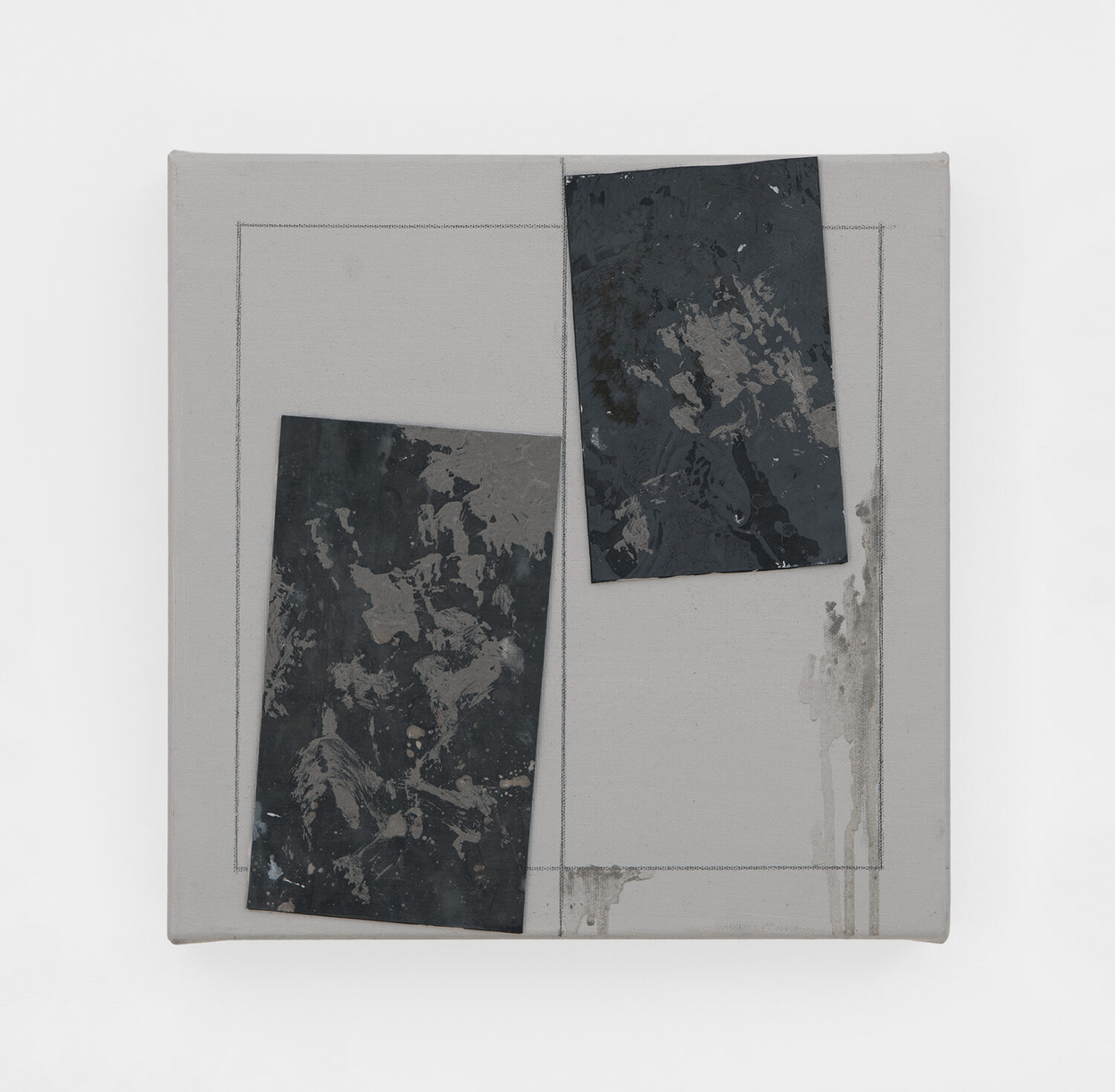
KA: If this new body of work you’re presenting had a soundtrack, what would it be?
RS: Maggot Brain by Funkadelic.
KA: Aside from spending time in the studio, what do you enjoy doing in Hudson?
RS: Quiet time, looking at the different phases of the sky, and spending time with my wife.
KA: What are you currently reading?
RS: Babylon To Timbuktu by Rudolph R. Windsor.
Beyond the Frame: Abstraction Reconstructed is on view at CANADA, New York from 16 January – 22 February 2025.
Feature image: Reginald Sylvester II. Courtesy of the Artist and CANADA, New York